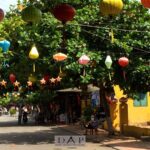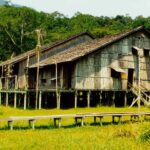Saigon
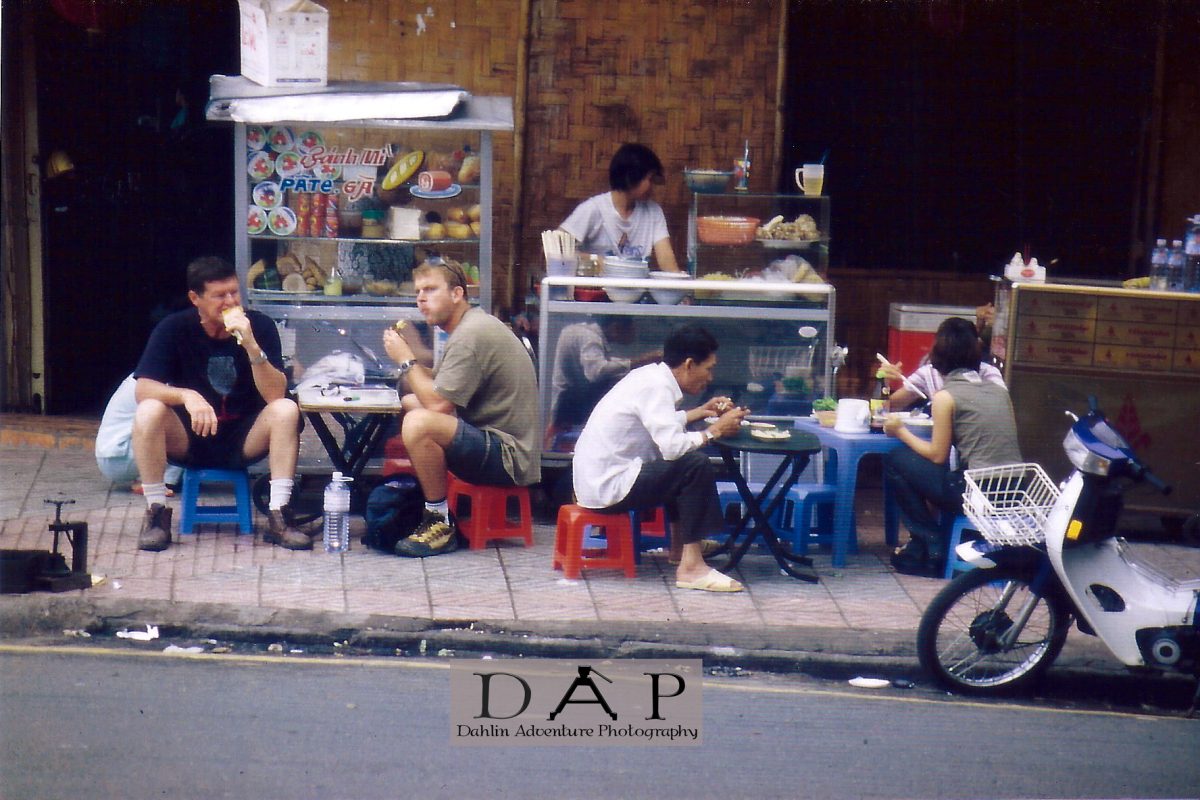
Saigon, or Ho Chi Minh City (HCMC) has 9 millions citizens.
Add to that about 2.5 million of mopeds/motorcycles. One advantage of that is that the city is not as polluted as for example Bangkok.
The traffic is very hectic. To go from one side of the street to the other side is a big achievement.
You can not stay and wait for someone to stop and let you pass, you must slowly go forward without stopping or going back!
This is what you can call “organized chaos”!
Here the people are literally living on the streets – eating, having their social life, playing cards, having a siesta, reading and brushing their teeth.
Saigon is a town that never sleeps.
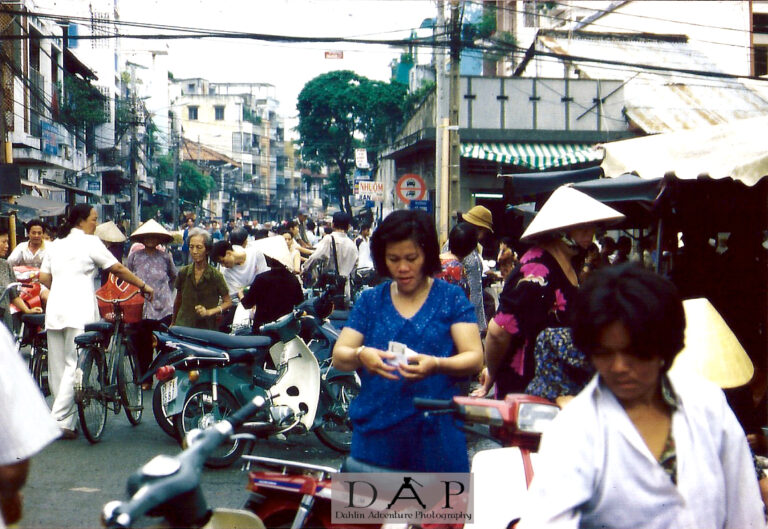

The contrast with our hometown Vadstena in Sweden is huge and you can feel a little bit homesick, but after a day you slowly get used to it. We found our favorite cafe where we ate fresh baguettes with French cheeses.
We mainly sat at Kims Café (at the street De Tham). Besides the good food you can also buy tours and bus tickets to the north.
Another popular cafe is Sinh Cafe on the same street.
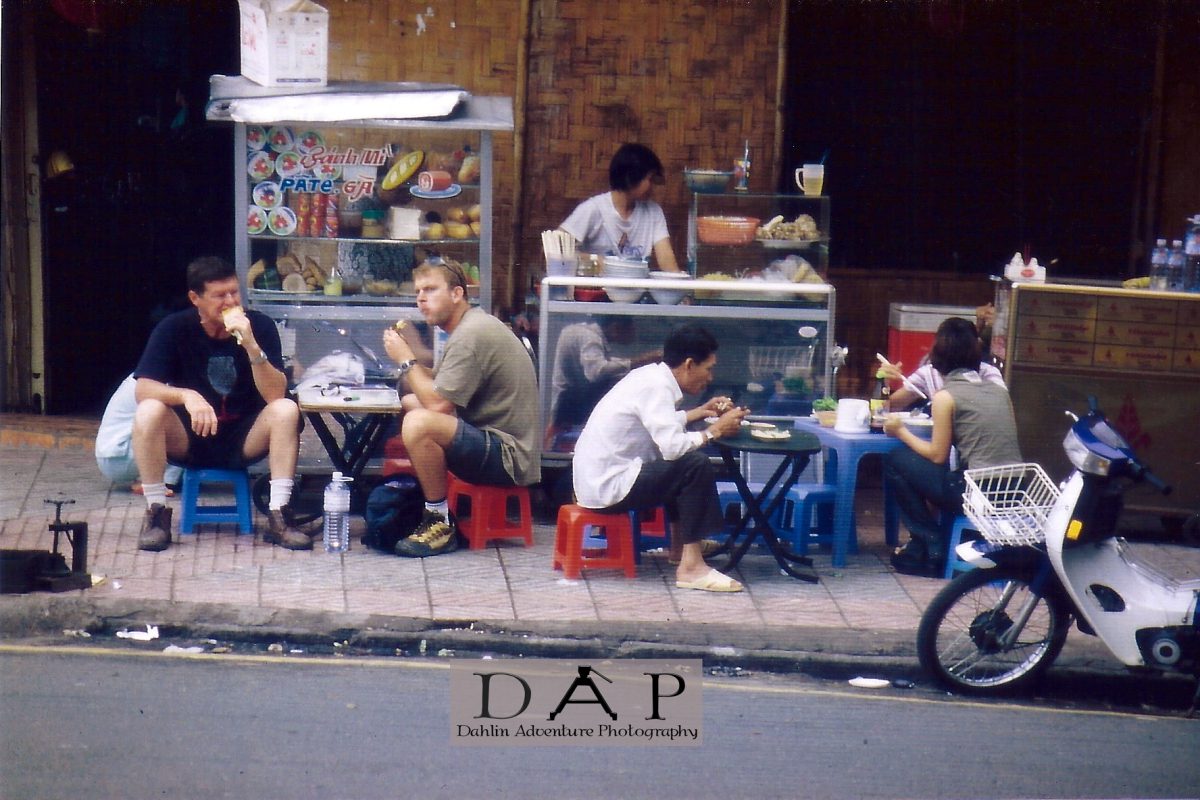
 Vietnam affects travelers in a special way due to the Vietnam War.
Vietnam affects travelers in a special way due to the Vietnam War.
We visited the War Remnants Museum. The main part of the museum documents the gruesome effects which people suffered from.
At the garden inside the entrance there are American tanks, bombs and airplanes.
Inside the halls there are a lot of horrible pictures and it is difficult to explain to Matilda and Sara how this could happen when hardly we us adults can understand it. It was an interesting visit and it deeply touched us.
Even if you are not visiting the museum you will be reminded about the cruel war. Beggars and disabled people from the war surround the streets.
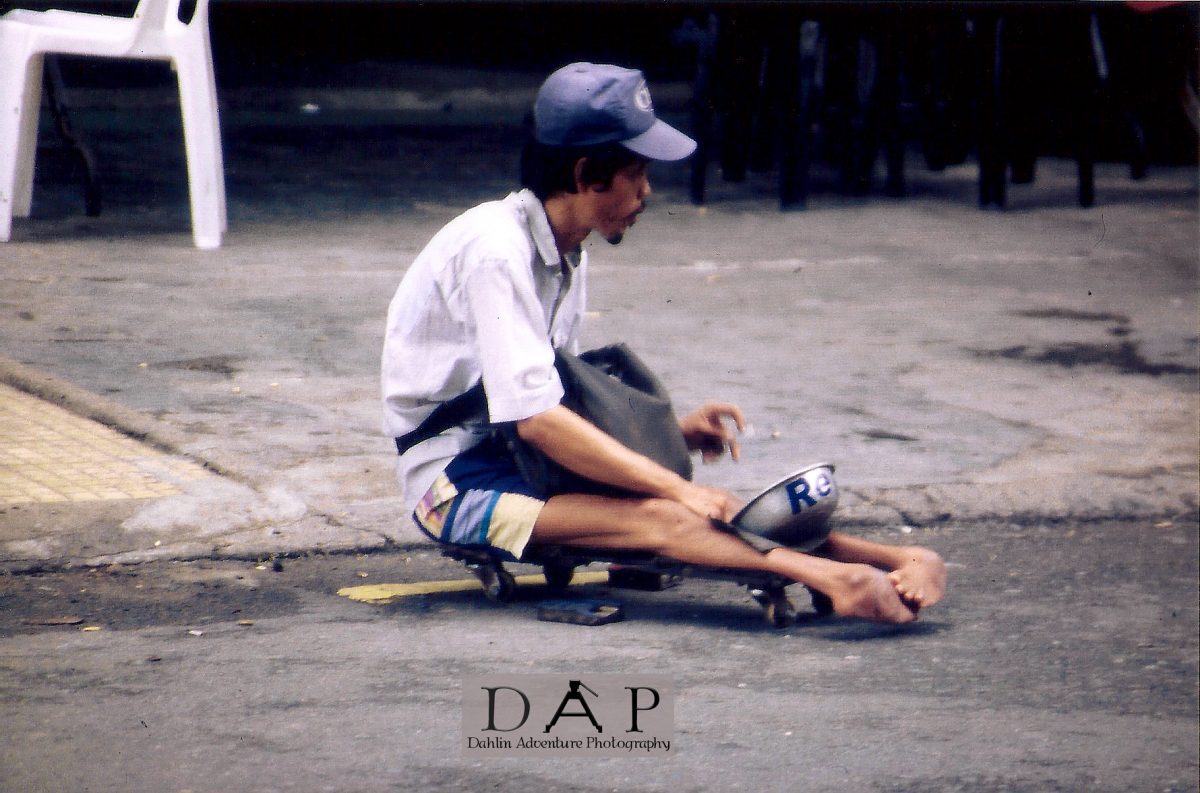
The Cao Dai temple is located in Tay Ninh, 96 km from Saigon. Tay Ninh is the capital town of the Tay Ninh-province. The inhabitants are mainly followers of Vietnam’s native religion, Caodaism.
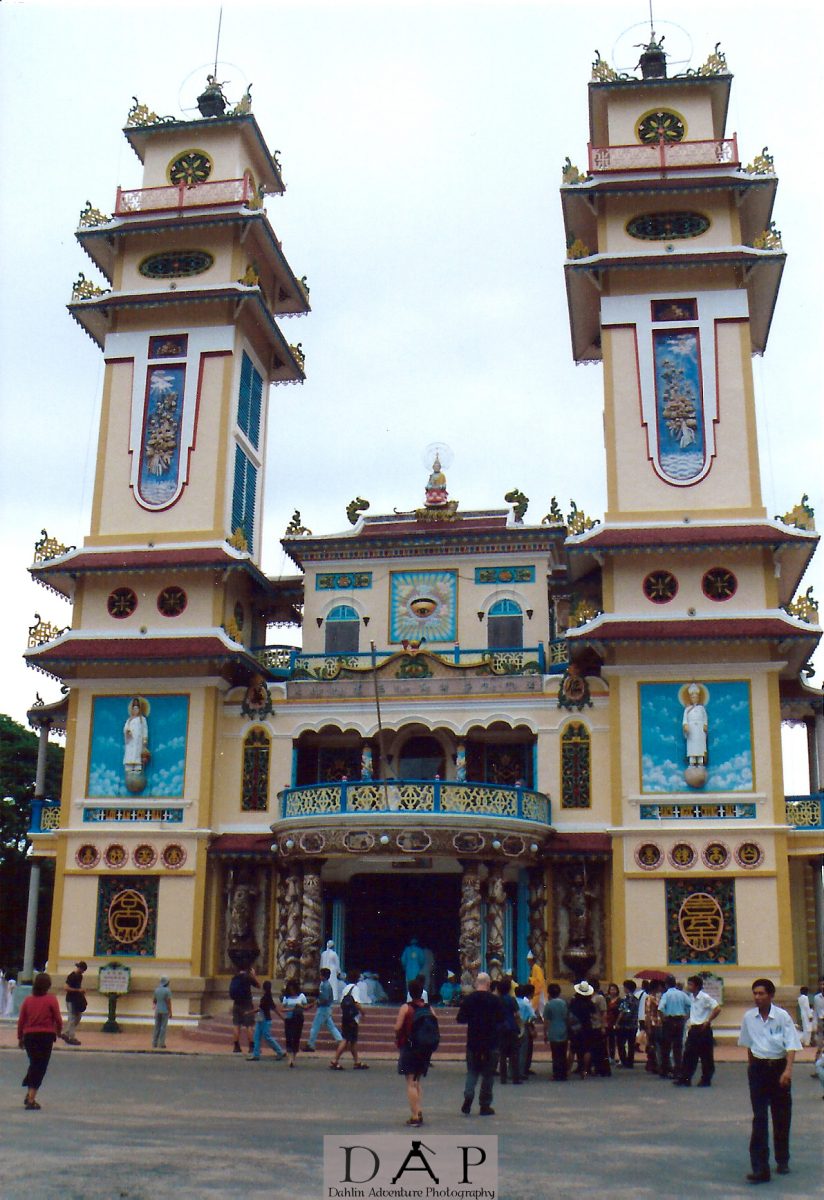
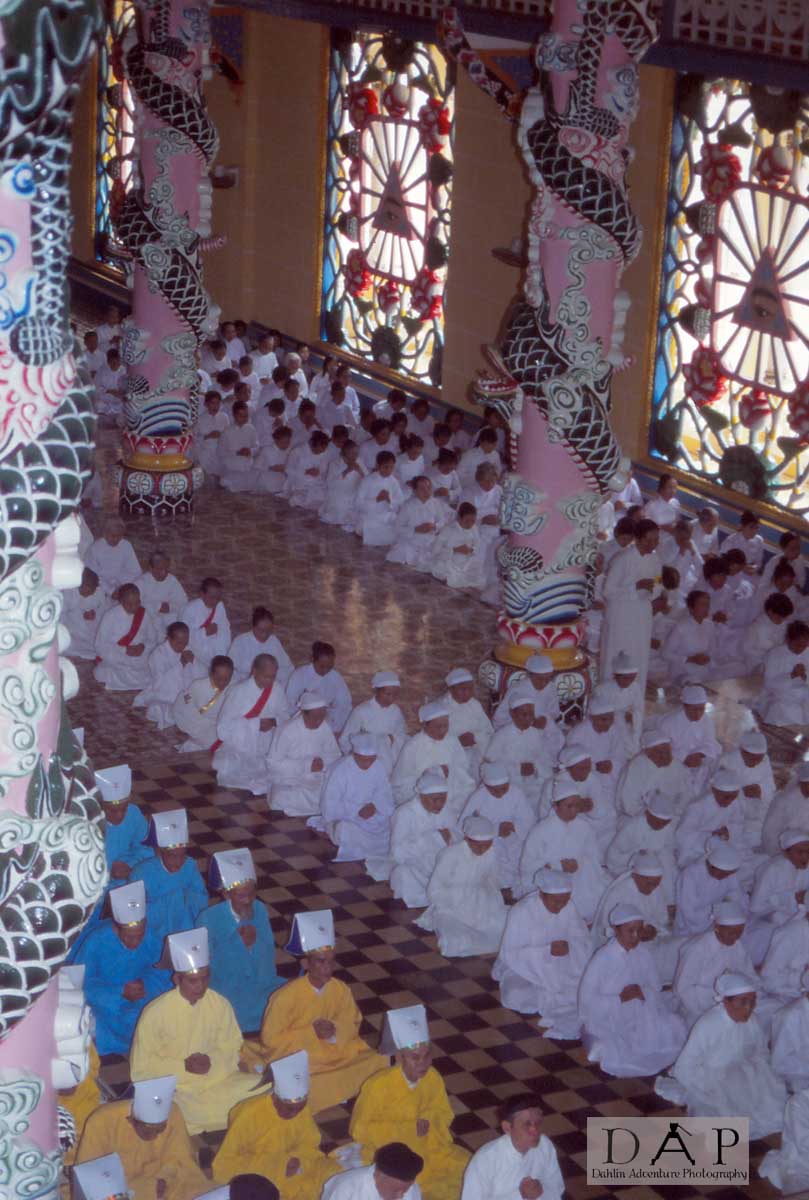
On the way back we made a stop at the Cu Chi-tunnels (30 km from Saigon).
The tunnels were the base for FNL’s operations around Saigon. It consisted of narrow paths (80 cm height and 60 cm wide) which connected the small villages together. In total there were hundreds of km of tunnel paths.
They were used in the Vietnam War but started in the 1940’s during the war against the French.
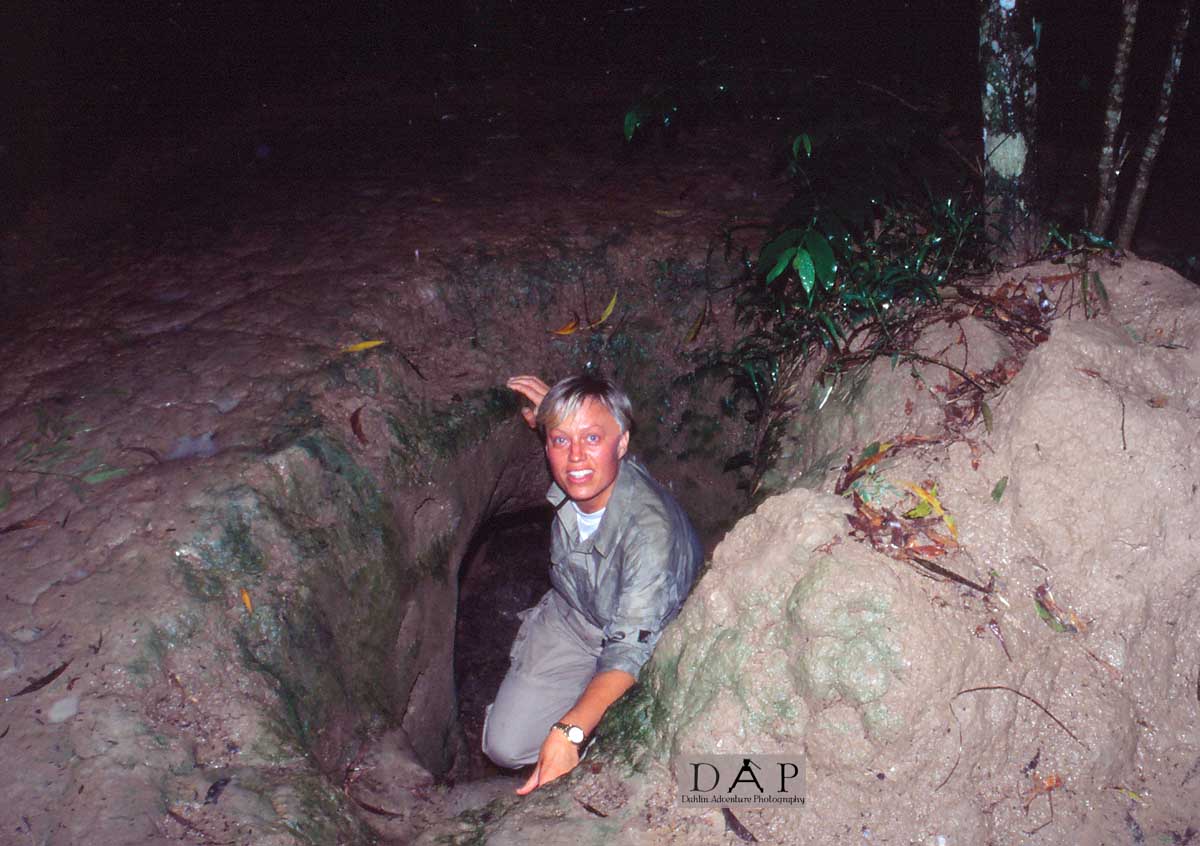

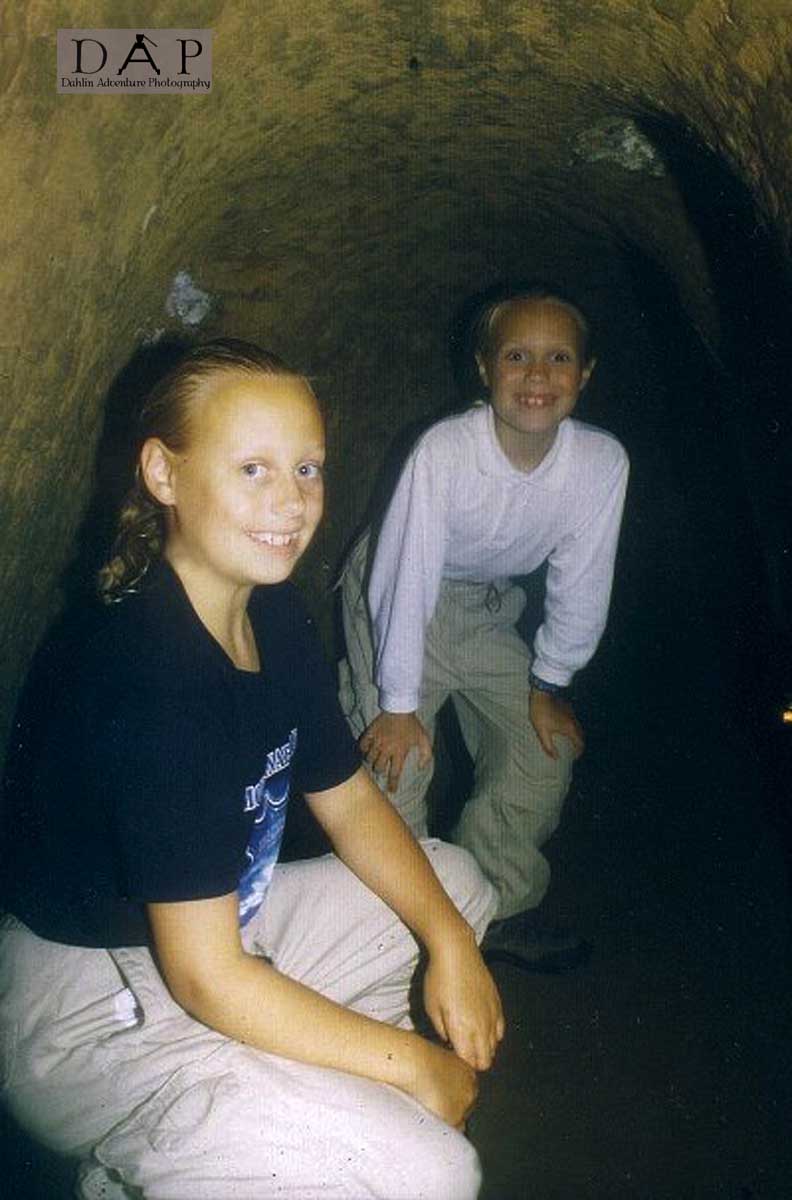
There are two types of tunnels to test. One is a little bit expanded (100 cm height and 80 cm wide) and the other one is in its original form (80 cm by 60 cm). The entrances are now expanded to allow tourists to go through.
We tried to creep through both the expanded and the narrower tunnel type. They were about 100 m. long tunnels.
It was very warm, humid and tight and it’s difficult to understand how people could live inside such surroundings.
These tunnels were not residential tunnels like in Vinh Moc (see section DMZ) but were used in combat.
We crawled through different tunnel sections up and down in various height levels with our children leading the way. They crawled quickly through the tunnels and wondered why we were so far behind them! Their enthusiasm and curiosity was contagious.
The local guide also showed us the Vietnamese soldiers homemade weapons and traps in the jungle (tilting bridges and deeply covered holes with iron spikes inside). A fascinating and interesting experience.
In this strong realism you could feel the reality of the war.

